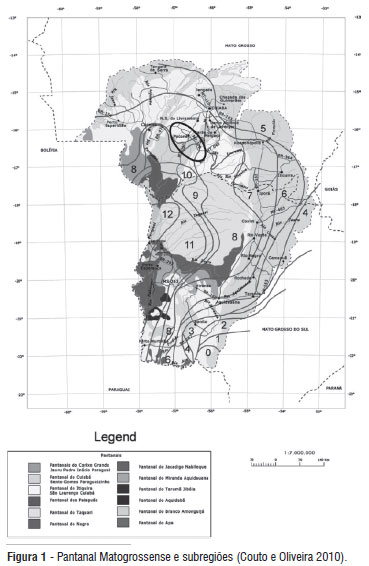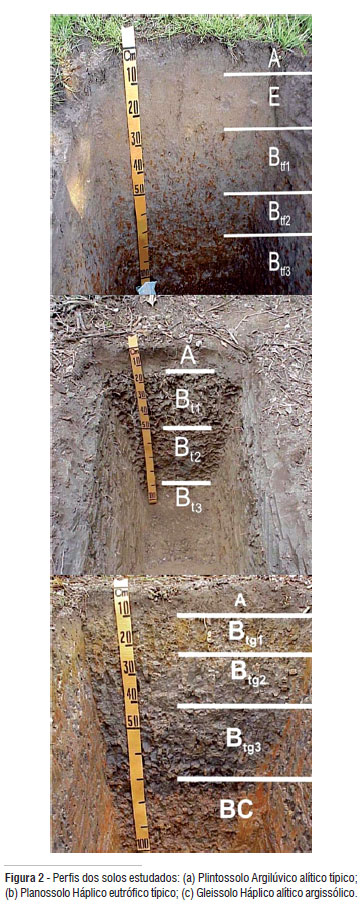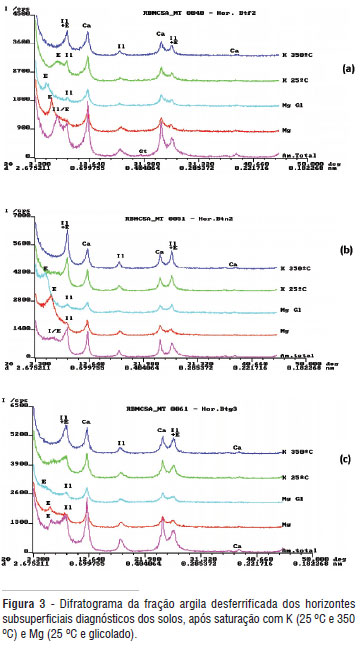The hydromorphic soils, common in the Amazon and the Pantanal, are subject to alternating periods of natural flooding and drying, leading to formation and differentiated characteristics. These soils are closely related to the nature of the sediments, a consequence of the source material and the processes of deposition and sedimentation. The objective of this study was to evaluate the chemical, mineralogical, and morphological profiles of three soils in the North Brazilian Pantanal North (Solonetz, Plinthosol and Gleysol) in order to interpret the relations between their properties and the environment in which they were formed. The Solonetz and Gleysol have higher fertility, as evidenced by the significant values of CEC (cation exchange rate) and base saturation. The lowest levels of Fe2O3 in the Solonetz are related to the reduction and removal of Fe during its genesis. The mineralogy of sand fraction consists mainly of quartz, nodules and concretions of Fe and Mn and to a lesser extent, biotite, muscovite and traces of tourmaline, magnetite, ilmenite, epidote, zircon and rutile. The soil profile was similar in clay mineralogy, consisting of kaolinite, smectite, illite and interstratified illite-smectite type. The clay mineralogy of soils was consistent with the observed chemical differences between them, as the clay Planossolo showed greater activity on smectite and interstratified illite / smectite, with greater total exchangeable bases and CEC, while the Plinthosol and Gleysol, whose predominant mineral was kaolinite, showed a low content of exchangeable bases and lower CEC.
hydromorphism; floodplains; illite; high activity clay

 Attributes of the hydromorphic soils in the Pantanal of North Matogrosso
Attributes of the hydromorphic soils in the Pantanal of North Matogrosso





